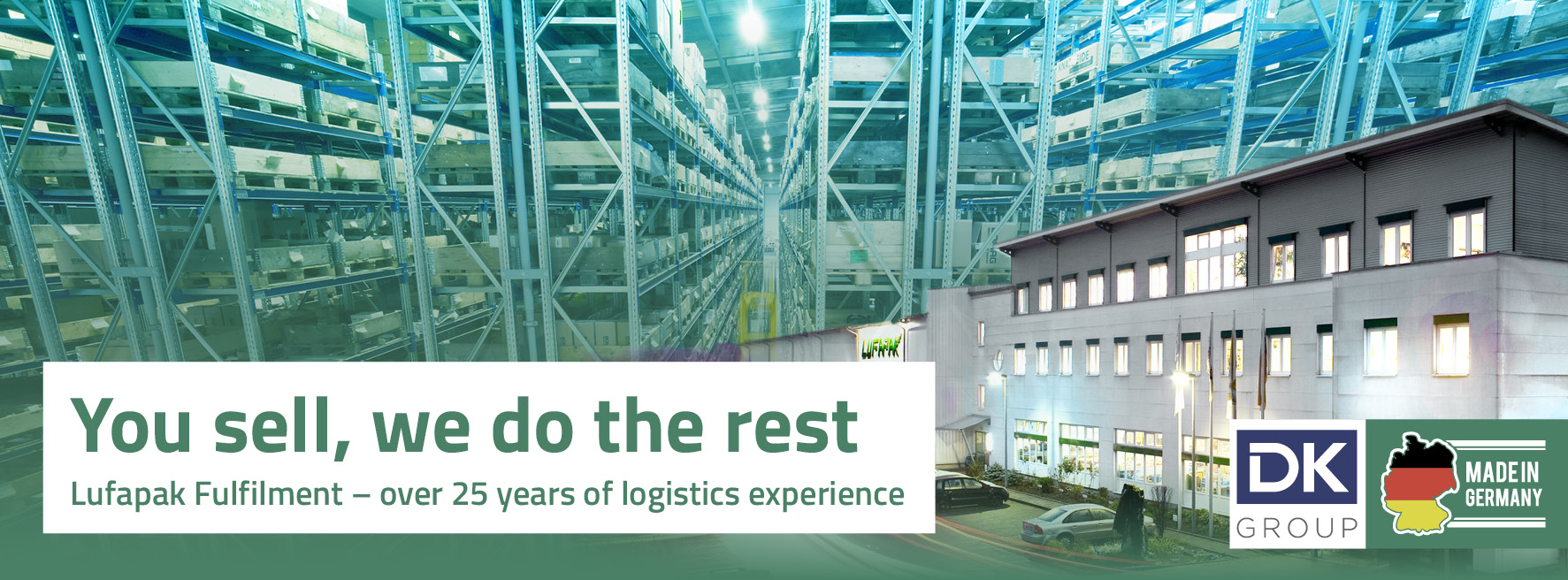sales@lufapak.de +49 2631/384-0 Contactform
Opportunity costs
What are opportunity costs? Definition and basics
Opportunity costs arise from foregoing alternative uses of resources. This business ratio quantifies the economic loss of unused options. The relevance of this cost type is particularly evident in inventory management: capital tied up in inventories is not available for other profitable investments.
Systematically dealing with opportunity costs requires well-founded methods of analysis. A precise cost calculation takes into account various factors such as capital commitment, storage capacities and personnel resources. These costs are evaluated on the basis of specific key figures, such as the imputed interest rate for committed capital or the inventory range of individual items.
Efficient inventory management minimises opportunity costs through optimised warehouse processes. The balance between sufficient product availability and minimal capital commitment determines economic success. Regular inventory analyses identify optimisation potential and enable targeted improvement measures.
Practical examples of opportunity costs in warehouse management
An example of opportunity costs illustrates the practical significance: a medium-sized company stores goods worth 500,000 euros. At an imputed interest rate of 6%, annual opportunity costs of 30,000 euros arise from tied-up capital. This sum corresponds to the lost profit in the case of an alternative investment.
Warehouse space utilisation offers further illustrative material for calculating opportunity costs. Non-optimally used warehouse space incurs additional costs due to lost alternative uses. One square metre of blocked storage space means monthly opportunity costs of between 15 and 25 euros, depending on location and equipment.

Methods for calculating opportunity costs
Systematically calculating opportunity costs requires structured methods of cost accounting. Fundamentally, various parameters flow into the calculation: inventory value, interest rates, space costs and personnel expenses. The exact determination of these key figures forms the basis for well-founded decisions in warehouse management.
A central element of calculating opportunity costs is the ABC analysis. This method classifies inventory items according to their economic significance. A-items usually tie up 80% of the capital with only 20% of the item quantity. This concentration enables targeted optimisation of the capital tie-up of high-priced stocks.
The imputed interest rate is determined on the basis of market yields on comparable investments. In addition, company-specific factors such as capital structure and risk appetite are included in the calculation. The determined percentage rate serves as a basis for quantifying the opportunity costs.
Main cost types in inventory management
An analysis of storage costs identifies three main cost categories: capital commitment, operational costs and risk costs. Capital commitment costs arise from fixed assets in inventories. Operational costs include personnel, energy and maintenance. Risk costs result from shrinkage, damage or obsolescence.
The optimisation process focuses particularly on reducing opportunity costs. Efficient warehousing minimises tied-up capital by means of order quantities based on demand. Modern warehouse management systems support these processes by means of automated inventory management and replenishment control.
Regular process analyses identify potential savings in all cost areas. The integration of key figure systems enables continuous monitoring of cost development. This allows deviations to be identified at an early stage and countermeasures to be initiated.
Strategies for optimising opportunity costs
Effective cost optimisation is based on holistic inventory management strategies. Just-in-time concepts reduce inventory levels to a minimum. Consignment warehouses shift the capital commitment to the supplier. Cross-docking systems accelerate the turnover of goods without long-term storage.
The implementation of these strategies requires precise planning and control. Inventory optimisation takes into account delivery times, demand fluctuations and minimum order quantities. Modern forecasting methods support demand-oriented planning and minimise excess stock.
Professional risk management complements the optimisation strategies. Insurance solutions cover potential damages. Dynamic safety stock balances delivery readiness and capital commitment. These measures ensure sustainable cost savings.
Modern technologies and their influence on opportunity costs
Digital warehouse management systems are revolutionising inventory management and cost control. Automated processes reduce manual intervention and minimise error rates. Real-time data enables precise inventory control and optimised reordering. These technological solutions demonstrably reduce opportunity costs by making more efficient use of resources.
Predictive analytics supports forward-looking inventory planning. Algorithms analyse historical data and market trends to forecast demand. Machine learning continuously improves prediction accuracy. Integrating these technologies optimises order quantities and reduces excess inventory.
Modern warehouse technology increases space utilisation and process efficiency. Automatic high-bay warehouses maximise vertical space utilisation. Conveyor belt systems accelerate internal goods movements. These investments pay off through lower opportunity costs and higher productivity.
Practical implementation of cost optimisation
The successful reduction of opportunity costs requires structured implementation processes. A detailed as-is analysis identifies current cost drivers and optimisation potential. Clear targets define measurable improvement goals. Regular performance reviews ensure sustainable implementation.
Staff training plays a central role in optimising costs. Training courses provide the necessary expertise for inventory management. Understanding processes encourages staff to take responsibility for their actions. Motivated teams actively contribute to reducing costs.
Integrating suppliers optimises the entire supply chain. Electronic data interchange accelerates ordering processes. Agreed delivery schedules stabilise the flow of goods. This cooperation reduces safety stocks and the associated opportunity costs.
Conclusion and recommendations
The systematic optimisation of opportunity costs offers considerable savings potential in warehouse management. Successful implementation is based on a combination of modern technologies and efficient processes. Regular analyses ensure sustainable improvements and increase competitiveness.
Practical recommendations for action include the introduction of digital warehouse management, process automation and employee training. Integrating suppliers optimises the supply chain. Continuous monitoring ensures long-term cost savings.
Increasing digitalisation is opening up new optimisation potential. Artificial intelligence and networked systems are revolutionising inventory management. Companies should actively use these developments to make their warehouse processes future-proof.
Contact us now and get advice

